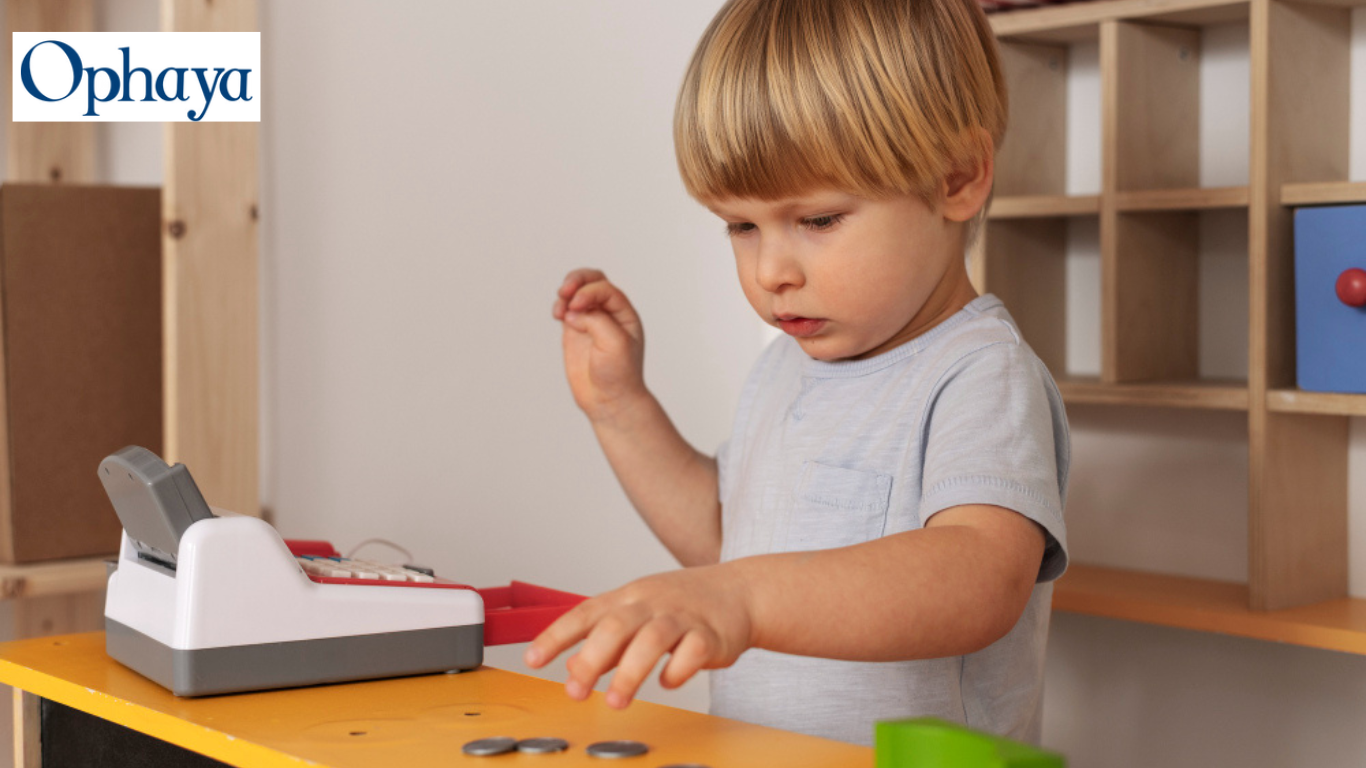
Choosing the right toys for your three-year-old can be a delightful yet challenging task. At this age, children are rapidly developing their cognitive, motor, and social skills, and the right educational toys can significantly enhance their growth. In this blog, we’ll explore the best Educational toys for three year olds and how they contribute to their development.
Why Educational Toys Matter
Educational toys are designed to promote learning through play. For three-year-olds, play is a crucial part of their development. It helps them understand the world around them, develop problem-solving skills, improve fine and gross motor skills, and enhance social interactions. Here are some key benefits of educational toys for three-year-olds:
- Cognitive Development: Toys that encourage counting, sorting, and pattern recognition help develop early math skills.
- Language Skills: Toys that involve storytelling, singing, or naming objects can enhance vocabulary and language comprehension.
- Motor Skills: Toys that require manipulation, such as building blocks or puzzles, help improve hand-eye coordination and dexterity.
- Social Skills: Toys that encourage cooperative play teach sharing, turn-taking, and empathy.
Top Educational Toys for Three-Year-Olds
1. Building Blocks
Building blocks are a timeless educational toy. They encourage creativity, spatial awareness, and fine motor skills. At three years old, children can start to build more complex structures, which enhances their problem-solving abilities.
2. Puzzles
Simple jigsaw puzzles with large pieces are perfect for this age group. Puzzles improve hand-eye coordination, spatial reasoning, and cognitive skills. Look for puzzles that feature animals, numbers, or the alphabet to add an educational element.
3. Musical Instruments
Toy drums, xylophones, and keyboards introduce children to the world of music. Playing musical instruments can improve auditory skills, rhythm, and coordination. Singing along with songs also enhances language development.
4. Art Supplies
Crayons, washable markers, and non-toxic paint allow children to express their creativity. Art activities help develop fine motor skills and hand strength while encouraging self-expression and imagination.
5. Storybooks
Interactive storybooks with simple texts and colorful illustrations are excellent for developing language skills. Reading to your child helps build vocabulary, comprehension, and a love for reading.
6. Shape Sorters
Shape sorters are great for teaching children about different shapes and colors. They also enhance problem-solving skills and hand-eye coordination as children figure out how to fit each shape into the correct slot.
7. Pretend Play Sets
Pretend play sets, such as kitchen sets, doctor kits, or tool benches, foster imagination and social skills. They allow children to role-play different scenarios, which helps them understand the world around them and develop empathy.
8. Ride-On Toys
Ride-on toys like tricycles or balance bikes are fantastic for developing gross motor skills and coordination. They also provide a fun way for children to stay active and build their physical strength.
9. Educational Electronic Toys
Interactive electronic toys, such as tablets designed for young children or educational learning pads, can introduce basic concepts in math, reading, and science. Ensure these toys are age-appropriate and used in moderation.
Tips for Choosing Educational Toys
When selecting Educational toys for three year olds, consider the following tips:
- Safety First: Ensure the toy is made of non-toxic materials and has no small parts that could pose a choking hazard.
- Age Appropriateness: Choose toys that match your child’s developmental stage and abilities.
- Open-Ended Play: Opt for toys that can be used in various ways to encourage creativity and imagination.
- Durability: Select toys that are sturdy and can withstand rough play.
- Interest and Engagement: Choose toys that match your child’s interests to keep them engaged and motivated to learn.
Stacking and Nesting Toys
Stacking and nesting toys help children develop hand-eye coordination, fine motor skills, and understanding of sizes and spatial relationships. These toys often come in various shapes, colors, and sizes, encouraging children to experiment with balance and sequencing.
Science Kits
Simple science kits designed for young children can introduce basic scientific concepts in a fun and interactive way. Kits that allow children to explore nature, build simple circuits, or conduct safe experiments can spark curiosity and foster an early love for science and exploration.
Conclusion
Educational toys play a vital role in the development of three-year-olds, providing a fun and engaging way to learn new skills. By carefully selecting toys that promote cognitive, motor, and social development, you can help nurture your child’s growth and set the foundation for lifelong learning. Remember, the best toy is one that your child loves to play with and learn from, making every moment of playtime an opportunity for discovery and growth.